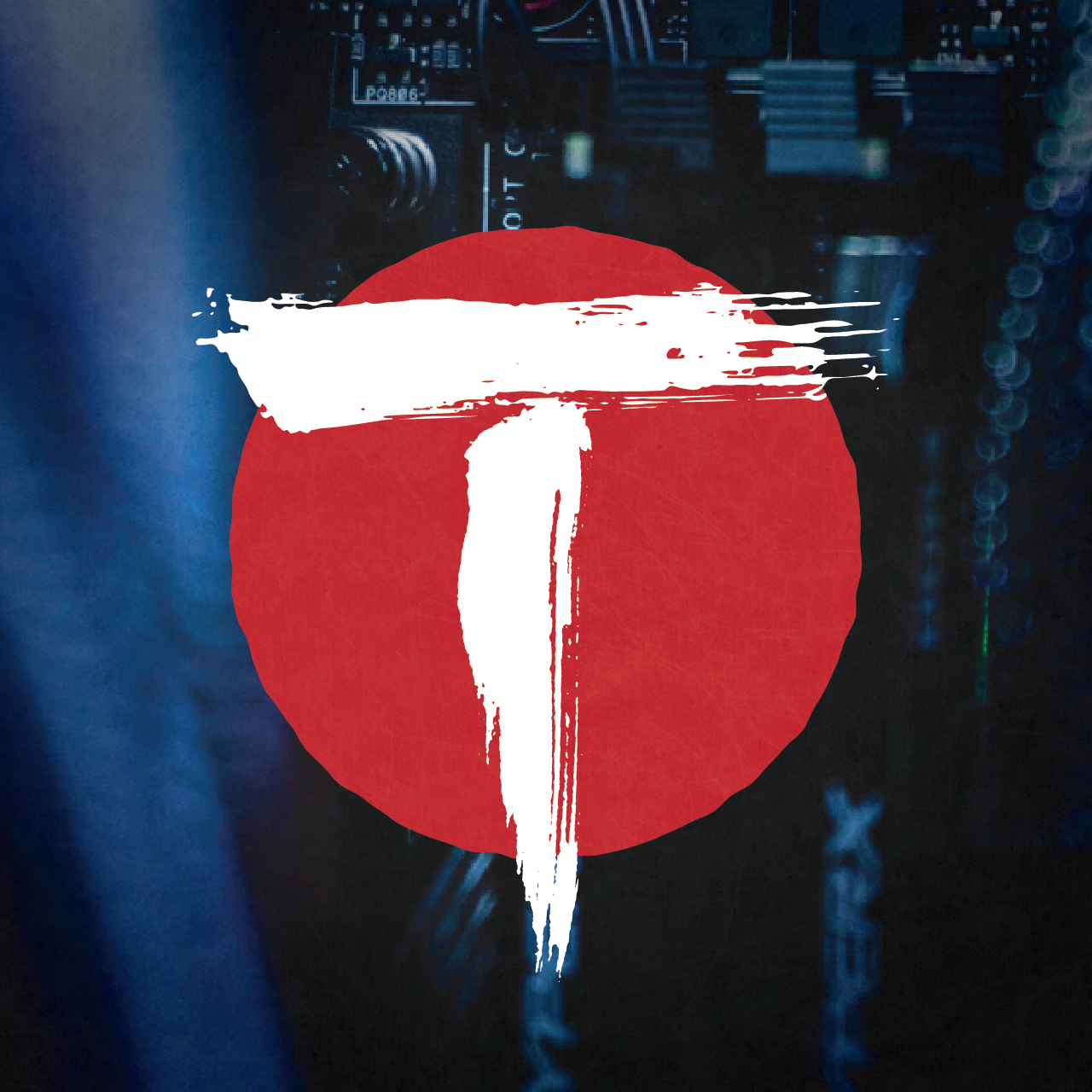From Wikipedia
Stampede events that involve humans are extremely rare and are unlikely to be fatal.[5] According to Keith Still, professor of crowd science at Manchester Metropolitan University, “If you look at the analysis, I’ve not seen any instances of the cause of mass fatalities being a stampede. People don’t die because they panic. They panic because they are dying”.[5]
Paul Torrens, a professor at the Center for Geospatial Information Science at the University of Maryland, remarks that “the idea of the hysterical mass is a myth”.[5] Incidents involving crowds are often reported by media as the results of panic.[16][17] However, the scientific literature has explained how panic is a myth which is used to mislead the attention of the public from the real causes of crowd incidents, such as a crowd crush.[18][19][20] […] [M]ost major crowd disasters can be prevented by simple crowd management strategies.[22] Crushes can be prevented by organization and traffic control, such as barriers. […] Such incidents are invariably the product of organisational failures.[4]
FTA: There is risk of a crush when crowd density exceeds about five people per square meter.[a] For a person in a crowd a signal of danger, and a warning to get out of the crowd if possible, is the sensation of being touched on all four sides. A later, more serious, warning is when one feels shock waves travelling through the crowd, due to people at the back pushing forward against people at the front with nowhere to go.
For those wondering, FTA doesn’t mean “Free Trade Agreement” or “Fuck The Asshole”, but “Forgot To Add”.
I think in this instance it might be “from the article”
Lmao, you’re right. I really tried to find the answer myself rather than asking! Ahaha
I’ve felt the latter at a huge, extremely crowded parade and it was the scariest shit I’ve ever felt. Waves is the right word, because it was like being in a wave pool made of people. Fortunately nothing serious happened, but I have never noped the fuck out of anywhere that fast as soon as we were able to.
Unfortunately at that point if you try to move you can risk a crowd collapse which can be just as deadly. So you should be real careful about knocking people off their balance if you try to move around.
The Women’s March in 2017 felt like a dangerous situation crowd-wise. Luckily cops are nice to white ladies and the Proud Boys hadn’t started violently attacking everyone they hate, so it was fine.
I’m hoping we don’t all have to mobilize again post-election, but if we do, I’ll listen to my bad feeling and get out of crowds that are touching on all sides.
People don’t die because they panic. They panic because they are dying.
Por que no los dos? Crowd crush incidents don’t require panic (see: 2015 Mina “stampede”), but it’s hard to imagine that e.g. the Iroquois Theater Fire wasn’t significantly worsened by the (justifiable) panic of the crowd.
Of course the primary reason in both cases is related to the spaces that the crowds were inhabiting… But the effect of panic pretty clearly multiplies the effect IMO.
This is talking about the cause I think. Panic can worsen the situation, but it almost never is the cause. And the panic is nearly universally justified.
The most recent US based example might be Astroworld. And there 10 people died right in front of the concert stage while the thing kept going on. Entire groups of people yelled “stop the show” and climbed up trees and fences to make space. Someone even made it up the TV operator tower and was pleading the operator to notify the authorities people were dying but was completely ignored.
I generally agree with the idea that “stampede” is usually the wrong concept to describe these events, and probably the wrong approach to understanding them. Even in the Iroquois Theater case, I think if you eliminated the panic component, the death toll would have been significantly lower (maybe zero), but it still wasn’t really the same dynamics as a stampede.
Your headline is not saying the same thing the article is saying.
Perhaps I should have included this quote from tne article too?
most major crowd disasters can be prevented by simple crowd management strategies.[22] Crushes can be prevented by organization and traffic control, such as barriers.
No, that isn’t the issue. It’s the construction “myths invoked by organisers in order to shift responsibility” which is the editorialization. You wrote it like you discovered this great gotcha or something, but the article uses much more clinical language. Basically rewriting to rage-bait.
Anyway, I’ll be over here meow
Could you suggest a better wording that fits into the word limit? I had great trouble fiting the gist of the point within the character limit (I’ve only got two characters left). And had to remove a “might” and “usually” to be able to fit it all in.
I’m not trying to convince anyone of anything really. Just trying to share something I learnt on wikipedia and help lemmy feel more full. But I’m aware I can never make everyone happy.
TIL: Most “human stampedes” are better categorized as “crowd crushes”. Root cause analysis of these events typically points to organizational failure rather than panic.
Ah okay this is more an error on my quoting the article as opposed to the title. I tried to write my title in relation to the entire wikipedia article but I see I overquoted from the stampede section which makes it seem like it’s only talking about stampedes and not crowd events in general.
One quote from the article that lets me paraphrase in more certain terms than what you provided is in the leading paragraphs “Such incidents are invariably the product of organizational failures, and most major crowd disasters could have been prevented by simple crowd management strategies.[4]”
Okay I worked on my post. I believe everything in the title is backed up by what’s written in the article. I need sleep now, goodnight.
Extra points for taking constructive criticism so well :)
“Describe online news media with one sentence”
A lot of what you’re saying is getting lost in the weeds of semantics I think.
Much of the wikipedia article links to this source: Pearl, Tracy Hresko (2015) “Crowd Crush: How the Law Leaves American Crowds Unprotected,” Kentucky Law Journal: Vol. 104: Iss. 1, Article 4.
Which says (emphasis mine):
C. Crowd Psychology
Despite what the incidents described above may suggest to people not well-versed in crowd science, studies have consistently shown that crowd behavior is rarely irrational or "crazed.“t ° Instead, scientists have found the opposite: “that an unorchestrated crowd behaves rationally.”” ° Scientists assert that this rationality is present in crowds because, in most situations, “members of the crowds have dear knowledge of what and where their goals lie”: entering a stadium, moving closer to the entertainment, returning to the parking lot, etc.
Furthermore, despite what media accounts of crowd incidents may suggest, there is very little evidence suggesting that crowds are prone to panic or unreasonable behavior. 12 Not only are documented cases of true crowd panic "surprisingly scarce in the literature,"1 13 closer investigation of such incidents usually reveals both (a) that the crowd responded rationally to a real or perceived threat,’ and (b) that “[u]nregulated competition, which is crucial to most explanations of panic, did not occur,” but rather "cooperative behavior continued throughout the course of the event."1 15 Even in situations in which crowds have reacted dramatically to a real or perceived threat, subsequent investigations have almost always shown that “flight was a reasonable group reaction under the perceived circumstances” and that “mutual cooperation and assistance” rather than “destructive behavior” was the norm among individuals within the group. 1 6
However, crowds are often unfairly deemed irrational or “out of control,” because of a characteristic that is inherent in almost every crowd, particularly those of high densities: the lack of communication between the front of the crowd and the back-1 7 “People in a crowd do not have a broad view of what is happening around them,” notes one crowd expert.Instead, “psychologists have likened a crowd to a series of intermeshing behavioral cells. Each cell is comprised of a small group of surrounding people, with limited communication between them.” 9 As a result, when crowds reach high-risk densities, people at the back of the crowd may continue to press forward even though individuals at the front of the crowd are in severe distress 12 ° Indeed, unless the venue has some way of both overseeing and addressing the entire crowd, embers at the back of the crowd have virtually no way of knowing that a crisis is occurring up front.12’ Moreover, in many situations, “[t]he collapsing of the front ranks [of the crowd] gives a false perception of forward movement” so that individuals at the back of the crowd may reasonably believe that all is well and that the crowd is continuing to move forward smoothly. 122 Thus, contrary to frequent allegations that crowd members behaved badly during crowd crushes, the overwhelming bulk of available evidence suggests that crowd members behaved rationally under the circumstances in virtually every crowd crush incident on record.
This rational behavior on the part of crowds is scientifically significant because it means that crowds are highly predictable-even in emergency situations-and that "[t]he motion of a crowd can therefore be modeled using engineering principles."12 3 This predictability is also highly significant to the legal notions of breach and causation (and thus liability overall), as discussed below.
Something that isn’t really captured here is how a crowd can generate so much force. I guess the pressure is increased as each “cell” absorbs the push from behind and adds more of their own push.
I don’t think the terminology really helps because the nuanced difference between different types of incidents is lost on me.
It might be better to simply say that deaths in crowds are never caused by panic, but rather the mismanagement of crowds leading to too much density.
Such incidents are invariably the product of organizational failures, and most major crowd disasters could have been prevented by simple crowd management strategies.
When was this ever in doubt?
That doubt is only created by organizations trying to avoid taking responsibility for a disaster they created.
Lots of “laypeople” arent aware of this because they read news stories about “mass panics leading to deaths”. Instead of “poor planning and crowd management leading to deaths”.
The closest thing I have experienced was just after the barriers to the front section of a Pearl Jam concert opened. My girlfriend was standing in front of me and was actually lifted off the ground by the crowd momentarily until the people in front of her were able to move through the barrier. It was very scary trying to keep the people behind us from pushing us over and barely succeeding for long enough. And I’m not small either, crowd force is no joke.
This person has never been on an escalator going to a platform where people aren’t moving out of the way.
It changes things when a machine is involved.
I think that was their point no?, it is not people exactly , but an outside influence causing the issue. like the escalator doesn’t stop crushing people unless you hit the stop button. A poorly designed event leads to poor outcome. It’s why the Romans had the vomitorium exits instead of a single width passage, they planned ahead for everyone leaving at once
This entire discussion has me on the edge of a panic attack, even though I am by myself and in no imminent danger.
Just like anything else, this kind of disaster is very unlikely and is sensationalized when they happen. It’s like being worried you’ll be hit by a meteorite.
I’m aware. I also have various anxiety disorders and claustrophobia. Thoughts can trigger things just as easily as actual events.
deleted by creator
Absolutely human stampede events happen. What the article is pointing out is the majority of related deaths are preventable, as are the stampede events themselves.
Typically people don’t just fall over and get trampled to death. Instead, doors don’t open the right way, egress paths are blocked, there are tripping hazards, poor signage, poor crowd control, etc, which leads to incidents where people are hurt or killed. It happens but it’s easily prevented.
Edit: I now work in a related field, so this is kinda my jam. It’s wild.








